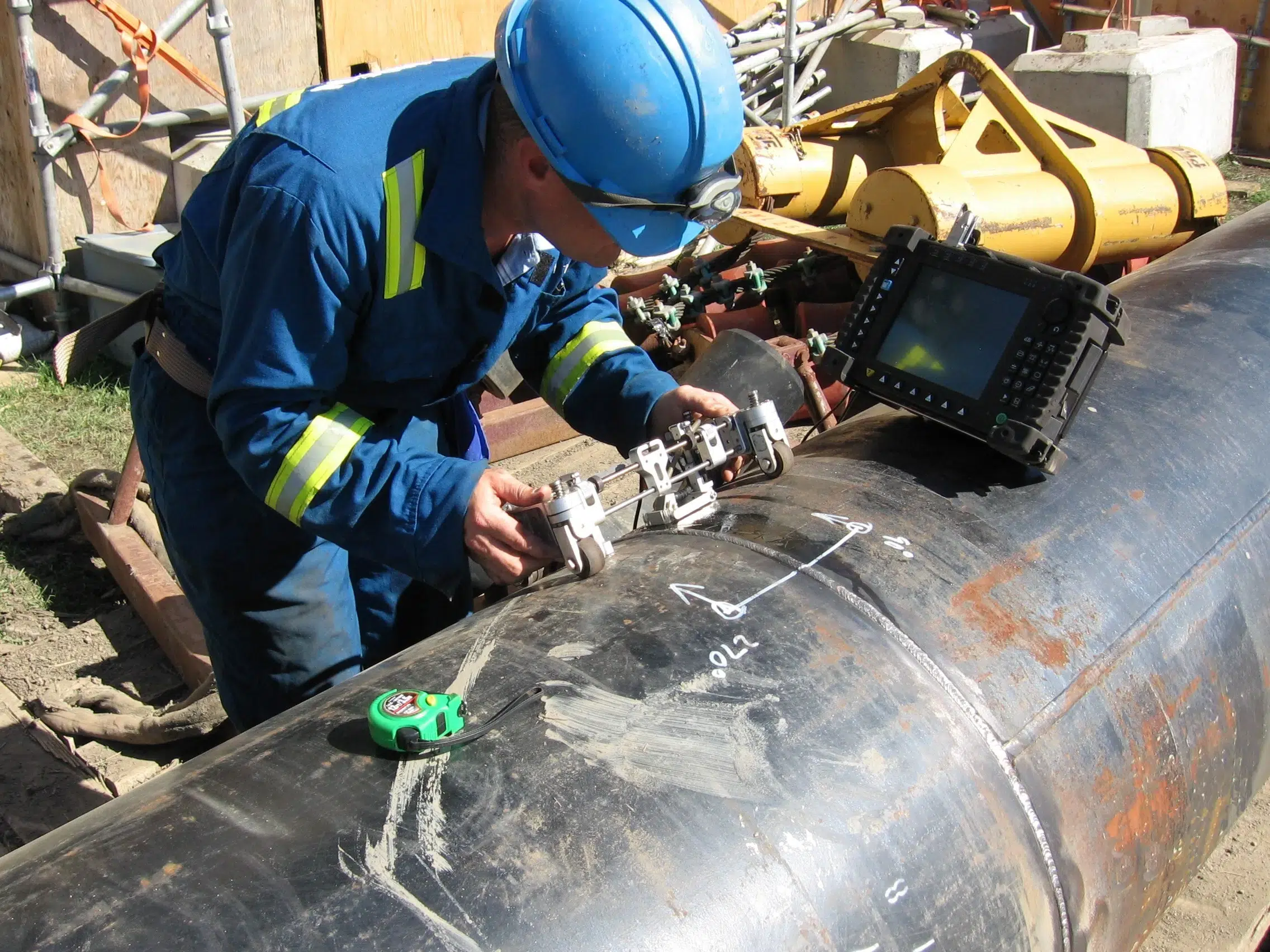
Phased Array Ultrasonics (PAUT)
Welcome to [NDT Inspection Portal]’s phased array ultrasonics (PAUT) group, a place for professionals... View more
Phased array beam focusing and near field
-
Phased array beam focusing and near field
I have learnt that “Phased-array probes are composed of several piezoelectric crystals that can transmit/receive independently at different times. To focus the ultrasonic beam, time delays are applied to the elements to create constructive interference of the wave fronts, allowing the energy to be focused at any depth in the test specimen undergoing inspection”
However, Olympus phased array tutorial states “The near field length in a given material also defines the maximum depth at which a sound beam can be focused. A beam cannot be focused beyond the end of the near field”.
And also I have learnt that “Because of acoustic variations within a near field, it can be extremely difficult to accurately evaluate flaws in materials when they are positioned within this area”.
Can someone please explain what is beam focusing, is the beam focusing restricted to near field and if focusing is restricted to near field how can flaws in far field be evaluated.
Log in to reply.